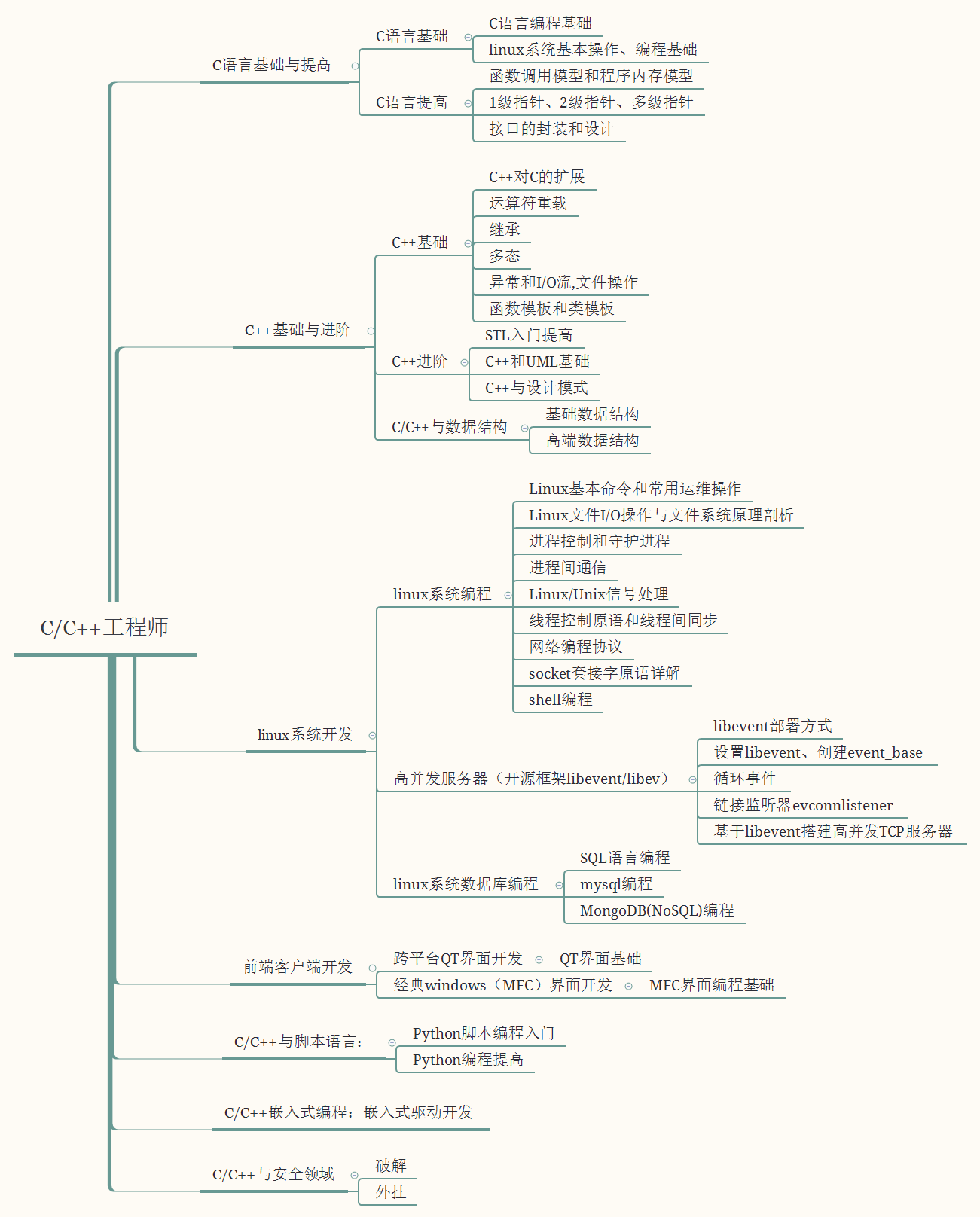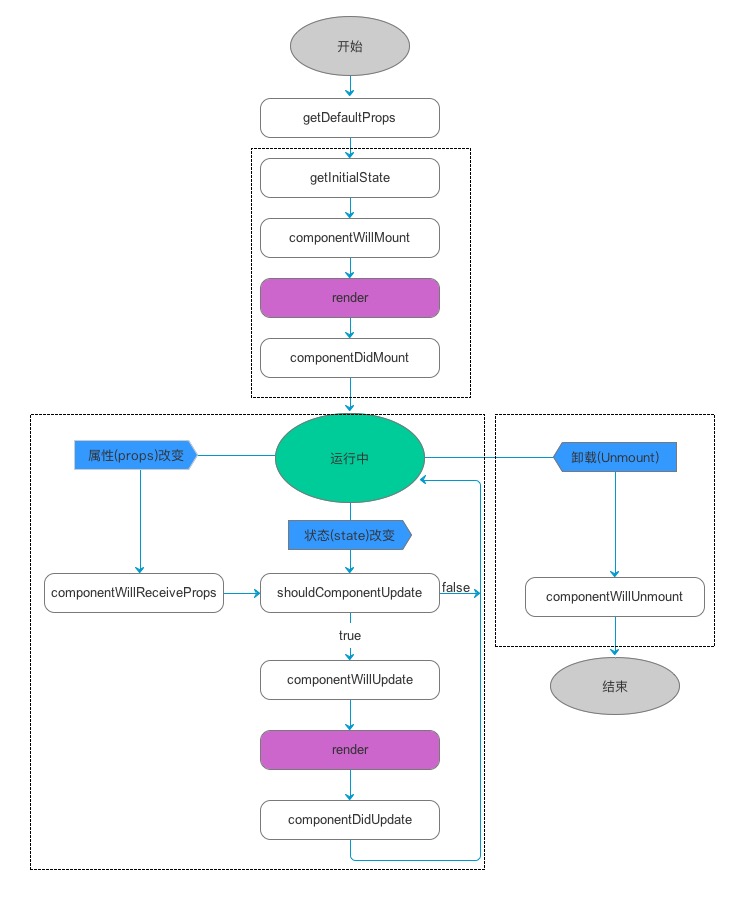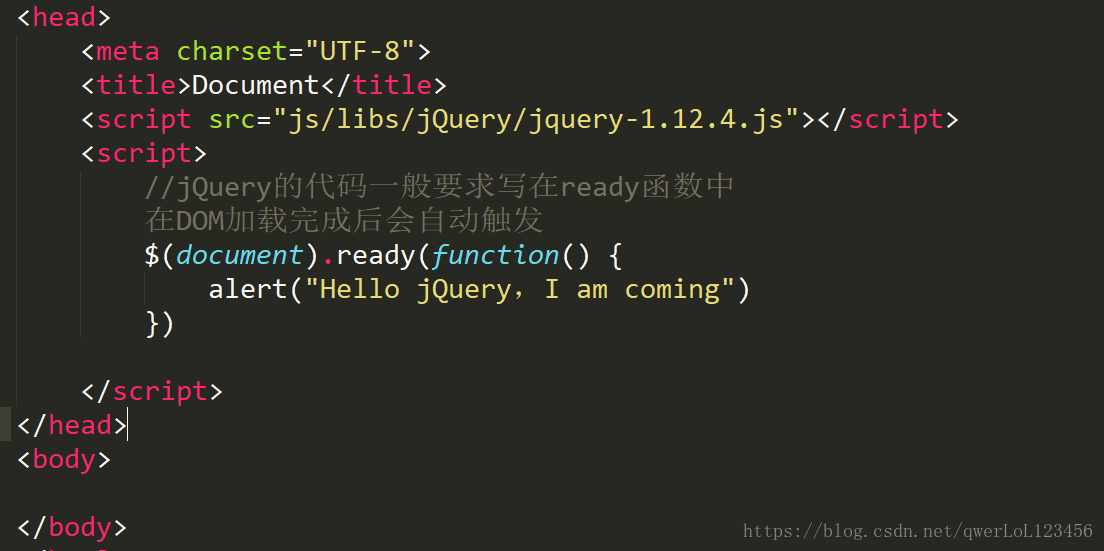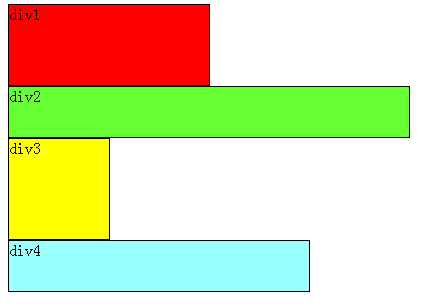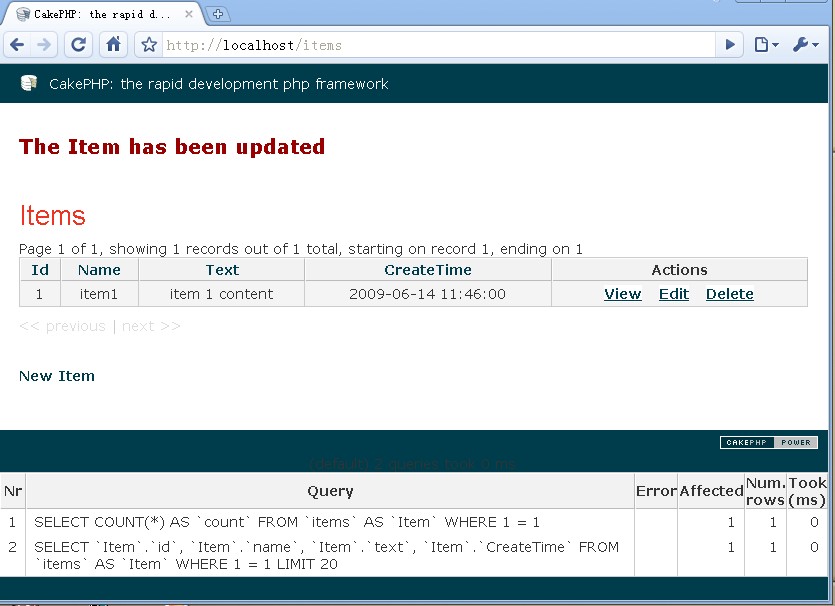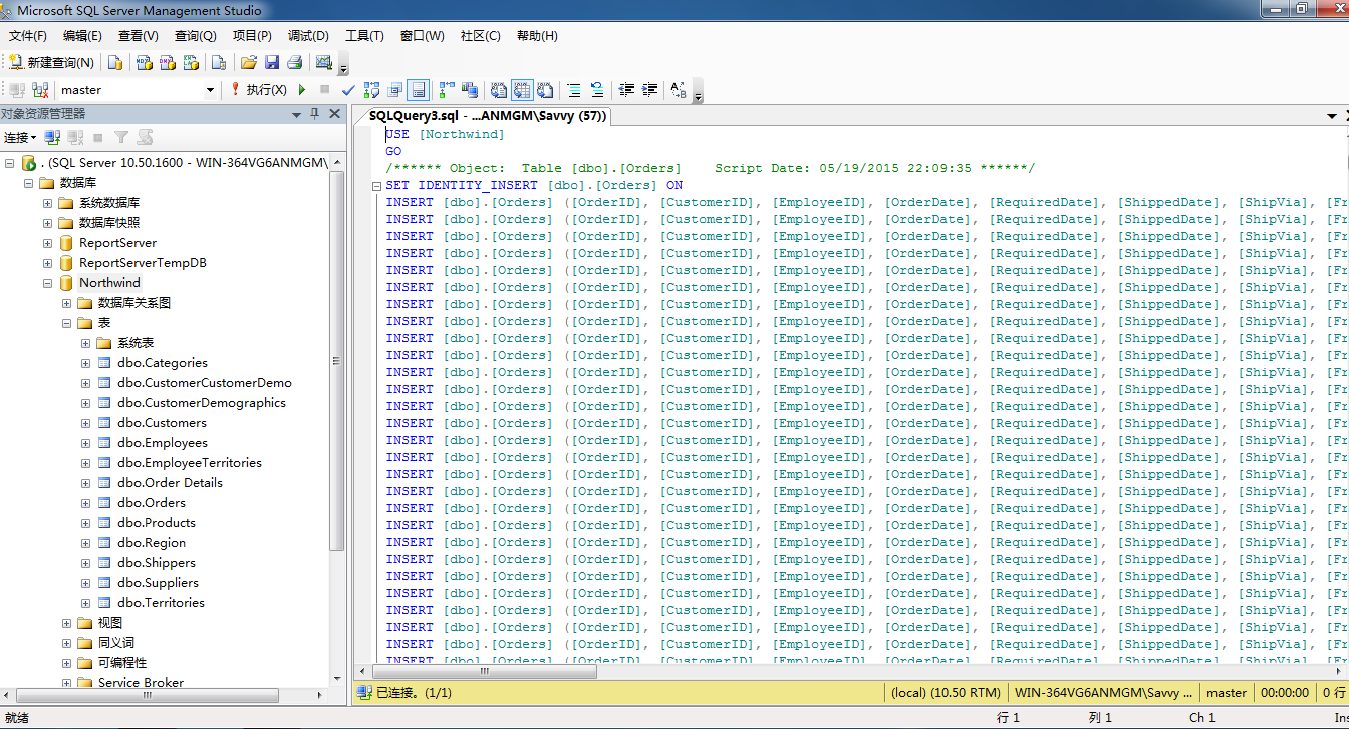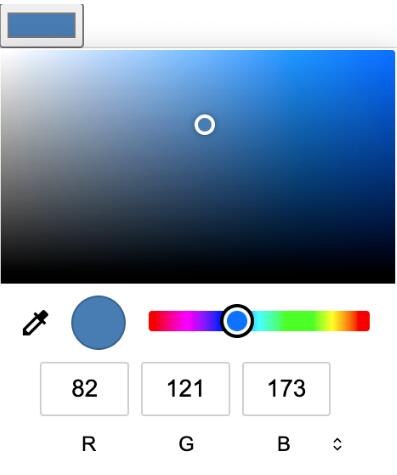JavaScript中this的运行机制及爬坑指南
2021-03-22 2978在 JavaScript 中,this 这个特殊的变量是相对比较复杂的,因为 this 不仅仅用在面向对象环境中,在其他任何地方也是可用的。 本篇博文中会解释 this 是如何工作的以及使用中可能导致问题的地方,最后奉上最佳实践。
为了更好理解 this,将 this 使用的场景分成三类:
在函数内部 this 一个额外的,通常是隐含的参数。
在函数外部(顶级作用域中): 这指的是浏览器中的全局对象或者 Node.js 中一个模块的输出。
在传递给eval()的字符串中: eval() 或者获取 this 当前值值,或者将其设置为全局对象,取决于 this 是直接调用还是间接调用。
我们来看看每个类别。
this 在函数中
这是最常用的 this 使用方式,函数通过扮演三种不同的角色来表示 JavaScript 中的所有可调用结构体:
普通函数(this 在非严格模式下为全局对象,在严格模式下为undefined)
构造函数(this 指向新创建的实例)
方法(this 是指方法调用的接收者)
在函数中,this 通常被认为是一个额外的,隐含的参数。
this 在普通函数中
在普通函数中,this 的值取决于模式:
非严格模式: this 是指向全局对象 (在浏览器中为window对象)。
1 2 3 4 | function sloppyFunc() { console.log(this === window); // true}sloppyFunc(); |
严格模式: this 的值为 undefined。
1 2 3 4 5 | function strictFunc() { 'use strict'; console.log(this === undefined); // true}strictFunc(); |
也就是说,this 是一个设定了默认值(window或undefined)的隐式参数。 但是,可以通过 call() 或 apply() 进行函数调用,并明确指定this的值:
1 2 3 4 5 6 7 | function func(arg1, arg2) { console.log(this); // a console.log(arg1); // b console.log(arg2); // c}func.call('a', 'b', 'c'); // (this, arg1, arg2)func.apply('a', ['b', 'c']); // (this, arrayWithArgs) |
this 在构造函数中
如果通过new运算符调用函数,则函数将成为构造函数。 该运算符创建一个新的对象,并通过它通过this传递给构造函数:
1 2 3 4 5 6 | var savedThis;function Constr() { savedThis = this;}var inst = new Constr();console.log(savedThis === inst); // true |
在JavaScript中实现,new运算符大致如下所示(更精确的实现稍微复杂一点):
1 2 3 4 5 | function newOperator(Constr, arrayWithArgs) { var thisValue = Object.create(Constr.prototype); Constr.apply(thisValue, arrayWithArgs); return thisValue;} |
this 在方法中
在方法中,类似于传统的面向对象的语言:this指向接受者,方法被调用的对象。
1 2 3 4 5 6 | var obj = { method: function () { console.log(this === obj); // true }}obj.method(); |
this 在顶级作用域中
在浏览器中,顶层作用域是全局作用域,它指向global object(如window):
1 | console.log(this === window); // true |
在Node.js中,通常在模块中执行代码。 因此,顶级作用域是一个特殊的模块作用域:
1 2 3 4 5 6 7 | // `global` (不是 `window`) 指全局对象:console.log(Math === global.Math); // true// `this` 不指向全局对象:console.log(this !== global); // true// `this` refers to a module’s exports:console.log(this === module.exports); // true |
this 在 eval() 中
eval() 可以被直接(通过真正的函数调用)或间接(通过其他方式)。 详细解释在这里。
如果间接调用evaleval() ,则this指向全局对象:
1 2 | (0,eval)('this === window')true |
否则,如果直接调用eval() ,则this与eval()的环境中保持一致。 例如:
1 2 3 4 5 6 7 8 9 10 11 12 13 14 15 16 17 18 19 20 21 22 23 24 25 26 27 | // 普通函数function sloppyFunc() { console.log(eval('this') === window); // true}sloppyFunc();function strictFunc() { 'use strict'; console.log(eval('this') === undefined); // true}strictFunc();// 构造器var savedThis;function Constr() { savedThis = eval('this');}var inst = new Constr();console.log(savedThis === inst); // true// 方法var obj = { method: function () { console.log(eval('this') === obj); // true }}obj.method(); |
与this相关的陷阱
有三个你需要知道的与this相关的陷阱。请注意,在各种情况下,严格模式更安全,因为this在普通函数中为undefined,并且会在出现问题时警告。
陷阱:忘记new操作符
如果你调用一个构造函数时忘记了new操作符,那么你意外地将this用在一个普通的函数。this会没有正确的值。 在非严格模式下,this指向window对象,你将创建全局变量:
1 2 3 4 5 6 7 8 9 10 | function Point(x, y) { this.x = x; this.y = y;}var p = Point(7, 5); // 忘记new!console.log(p === undefined); // true// 创建了全局变量:console.log(x); // 7console.log(y); // 5 |
幸运的,在严格模式下会得到警告(this === undefined):
1 2 3 4 5 6 7 | function Point(x, y) { 'use strict'; this.x = x; this.y = y;}var p = Point(7, 5);// TypeError: Cannot set property 'x' of undefined |
陷阱:不正确地提取方法
如果获取方法的值(不是调用它),则可以将该方法转换为函数。 调用该值将导致函数调用,而不是方法调用。 当将方法作为函数或方法调用的参数传递时,可能会发生这种提取。 实际例子包括setTimeout()和事件注册处理程序。 我将使用函数callItt() 来模拟此用例:
1 2 3 4 | /**类似setTimeout() 和 setImmediate() */function callIt(func) { func();} |
如果在非严格模式下把一个方法作为函数来调用,那么this将指向全局对象并创建全局变量:
1 2 3 4 5 6 7 8 9 10 11 12 13 14 15 16 | var counter = { count: 0, // Sloppy-mode method inc: function () { this.count++; }}callIt(counter.inc);// Didn’t work:console.log(counter.count); // 0// Instead, a global variable has been created// (NaN is result of applying ++ to undefined):console.log(count); // NaN |
如果在严格模式下把一个方法作为函数来调用,this为undefined。 同时会得到一个警告:
1 2 3 4 5 6 7 8 9 10 11 12 13 | var counter = { count: 0, // Strict-mode method inc: function () { 'use strict'; this.count++; }}callIt(counter.inc);// TypeError: Cannot read property 'count' of undefinedconsole.log(counter.count); |
修正方法是使用[bind()]: The fix is to use bind():
1 2 3 4 5 6 7 8 9 10 11 | var counter = { count: 0, inc: function () { this.count++; }}callIt(counter.inc.bind(counter));// 成功了!console.log(counter.count); // 1 |
bind()创建了一个新的函数,它总是接收一个指向counter的this。
陷阱:shadowing this
当在一个方法中使用普通函数时,很容易忘记前者具有其自己this(即使其不需要this)。 因此,你不能从前者引用该方法的this,因为该this会被遮蔽。 让我们看看出现问题的例子:
1 2 3 4 5 6 7 8 9 10 11 12 13 14 | var obj = { name: 'Jane', friends: [ 'Tarzan', 'Cheeta' ], loop: function () { 'use strict'; this.friends.forEach( function (friend) { console.log(this.name+' knows '+friend); } ); }};obj.loop();// TypeError: Cannot read property 'name' of undefined |
在前面的例子中,获取this.name失败,因为函数的this个是undefined,它与方法loop()的不同。 有三种方法可以修正this。
修正1: that = this。 将它分配给一个没有被遮蔽的变量(另一个流行名称是self)并使用该变量。
1 2 3 4 5 6 7 | loop: function () { 'use strict'; var that = this; this.friends.forEach(function (friend) { console.log(that.name+' knows '+friend); });} |
修正2: bind()。 使用bind()来创建一个this总是指向正确值的函数(在下面的例子中该方法的this)。
1 2 3 4 5 6 | loop: function () { 'use strict'; this.friends.forEach(function (friend) { console.log(this.name+' knows '+friend); }.bind(this));} |
修正3: forEach的第二个参数。 此方法具有第二个参数,this值将作为此值传递给回调函数。
1 2 3 4 5 6 | loop: function () { 'use strict'; this.friends.forEach(function (friend) { console.log(this.name+' knows '+friend); }, this);} |
最佳实践
从概念上讲,我认为普通函数没有它自己的this,并且想到上述修复是为了保持这种想法。 ECMAScript 6通过[箭头函数]支持这种方法 - 没有它们自己的this。 在这样的函数里面,你可以自由使用this,因为不会被屏蔽:
1 2 3 4 5 6 7 8 | loop: function () { 'use strict'; // The parameter of forEach() is an arrow function this.friends.forEach(friend => { // `this` is loop’s `this` console.log(this.name+' knows '+friend); });} |
我不喜欢使用this作为普通函数的附加参数的API:
1 2 3 4 5 6 7 | beforeEach(function () { this.addMatchers({ toBeInRange: function (start, end) { ... } }); }); |
将这样的隐含参数变成明确的参数使得事情更加明显,并且与箭头函数兼容。
1 2 3 4 5 6 7 | beforeEach(api => { api.addMatchers({ toBeInRange(start, end) { ... } });}); |
以上就是JavaScript中this的运行机制及爬坑指南的详细内容,更多请关注php知识-学习天地 www.lxywzjs.com其它相关文章!




